Introduction
The Bolo Tie as a Modern Fashion Statement the ever-evolving world of fashion, certain accessories have the power to transcend trends and cultural boundaries. One such accessory is the bolo tie. Often associated with the American West, the bolo tie has undergone a significant transformation, emerging as a stylish statement piece in contemporary wardrobes. This article will delve into the history, significance, and versatility of the bolo tie, showcasing its journey from a regional staple to a global fashion icon.
The Origins of the Bolo Tie
A Historical Overview
The bolo tie, also known as a string tie or cowboy tie, is believed to have originated in the American Southwest. Its roots can be traced back to the late 19th century, when cowboys and ranchers sought practical yet stylish alternatives to traditional neckties. Made of a simple cord and a decorative clasp, the bolo tie was both functional and fashionable, reflecting the rugged lifestyle of its wearers.
The earliest references to the bolo tie date back to the 1940s, when it began to gain popularity among cowboys in Arizona and New Mexico. These early versions were often crafted from leather, featuring decorative metal tips and unique clasps. By the 1950s, the bolo tie had begun to gain traction in mainstream fashion, symbolizing the spirit of the American West.
Cultural Significance
The bolo tie is not merely an accessory; it holds deep cultural significance, particularly within Native American communities. Many bolo ties feature intricate designs that incorporate traditional motifs, showcasing the craftsmanship and artistic expression of Indigenous artisans. These pieces serve as a connection to heritage, making the bolo tie a symbol of pride and identity.
The materials used in bolo ties can vary widely, with many featuring turquoise stones, silver, and other elements that are significant in Native American culture. The artistry involved in creating these pieces tells stories of community, tradition, and the natural world, further enriching the bolo tie’s significance.
The Bolo Tie’s Evolution
From Ranch to Runway
As the bolo tie gained popularity among Western wearers, it began to make its way into mainstream fashion. By the mid-20th century, it had become a staple at formal events, often worn with suits and dress shirts. Designers and celebrities embraced the bolo tie, further solidifying its status as a fashion statement.
The 1960s and 1970s saw a significant cultural shift, with the bolo tie becoming synonymous with counterculture movements. Artists, musicians, and actors began to adopt the bolo tie as part of their unique styles, challenging conventional fashion norms. This era marked the bolo tie’s transition from a functional accessory to a bold expression of individuality.
A Renaissance in Contemporary Fashion
In recent years, the bolo tie has experienced a resurgence, appearing on runways and in street style across the globe. Fashion icons and influencers have incorporated this once-niche accessory into their wardrobes, demonstrating its versatility and adaptability to various styles. The bolo tie now symbolizes a blend of tradition and modernity, making it a compelling choice for fashion-forward individuals.
Designers like Ralph Lauren and brands such as Gucci have featured bolo ties in their collections, showcasing how this accessory can be integrated into high fashion. The revival of interest in vintage and retro styles has also contributed to the bolo tie’s popularity, allowing it to reclaim its status as a statement piece.
How to Wear a Bolo Tie
Styling Tips for Every Occasion
The bolo tie is remarkably versatile, suitable for both casual and formal settings. Here are some styling tips to help you integrate this unique accessory into your wardrobe:
- Casual Chic: Pair a bolo tie with a fitted denim jacket and a simple t-shirt. This relaxed look captures the essence of Western style while remaining modern. Consider choosing a bolo tie with a fun, colorful clasp to add a pop of personality to your outfit.
- Smart Casual: For a polished yet laid-back outfit, wear a bolo tie with a tailored blazer and chinos. This combination is perfect for semi-formal gatherings or dinner dates. Opt for a bolo tie that complements the color scheme of your outfit, whether it’s a muted tone or a bold statement piece.
- Formal Flair: Elevate your formal wear by replacing a traditional tie with a bolo tie. Choose one with intricate details to add a touch of personality to your suit. Pairing a bolo tie with a crisp white shirt and a well-fitted blazer can create a sophisticated yet approachable look.
- Layered Looks: Experiment with layering by wearing a bolo tie over a turtleneck or under a buttoned shirt. This adds depth to your outfit and showcases your creativity. A bolo tie can also be a great way to bring together various textures, such as leather, denim, and cotton.
- Play with Patterns: The bolo tie can also be an excellent accessory to add contrast to patterned shirts or jackets. Consider a bolo tie with a more understated design when wearing bold patterns, allowing it to complement rather than compete with your outfit.
Choosing the Right Bolo Tie
When selecting a bolo tie, consider the following factors:
- Material: Bolo ties come in various materials, including leather, fabric, and metal. Choose one that complements your style and comfort. Leather bolo ties offer a classic look, while fabric options can provide a more playful vibe.
- Design: From minimalist to ornate designs, the bolo tie offers a wide range of options. Opt for a design that reflects your personality and the occasion. For example, a bolo tie with a simple clasp may be suitable for casual wear, while a more intricate design could enhance formal attire.
- Length: Ensure the bolo tie is the right length for your outfit. It should sit comfortably at the collar of your shirt. Adjustability is key; look for bolo ties that allow for some flexibility in fit.
The Bolo Tie in Popular Culture
Iconic Appearances
The bolo tie has made numerous appearances in popular culture, further cementing its status as a symbol of American style. From classic Western films to modern television shows, this accessory has been worn by iconic characters, showcasing its enduring appeal.
In movies like “Urban Cowboy” and “No Country for Old Men,” the bolo tie is not just an accessory but a part of the character’s identity. These portrayals highlight the bolo tie’s connection to the rugged individualism often celebrated in American storytelling.
Celebrity Endorsements
Celebrities have played a significant role in popularizing the bolo tie. Stars like Johnny Depp, Chris Pine, and even musicians like Willie Nelson have embraced this accessory, proving its versatility and charm. Their influence has helped redefine the bolo tie as a fashionable choice for modern audiences.
At red carpet events, the bolo tie has emerged as a bold alternative to traditional neckwear, allowing celebrities to express their unique styles. Fashion icons like Rihanna and Harry Styles have been spotted wearing bolo ties, further contributing to their resurgence in popular culture.
The Bolo Tie in Music and Art
The connection between music and fashion is undeniable, and the bolo tie has played a significant role in the wardrobes of many musicians. Artists across genres—from country to rock to hip-hop—have embraced the bolo tie, using it to enhance their stage presence and personal style.
Musicians like Chris Stapleton and Miranda Lambert have been seen donning bolo ties during performances and public appearances, showcasing their connection to the tradition. The bolo tie often enhances the visual narrative of their performances, adding a layer of authenticity.
The bolo tie has also inspired artists in various forms, leading to creative interpretations in paintings, sculptures, and mixed media. Art exhibitions featuring bolo ties explore themes of identity, cultural heritage, and individual expression, showcasing its significance beyond mere fashion.
The Bolo Tie: A Symbol of Individuality
Expressing Personal Style
One of the most compelling aspects of the bolo tie is its ability to allow wearers to express their individuality. With countless designs and styles available, each bolo tie can reflect the personality and tastes of its owner. This makes it a powerful tool for self-expression in a world where fashion often leans towards conformity.
The uniqueness of bolo ties lies in their handcrafted nature. Many artisans create one-of-a-kind pieces, allowing wearers to showcase their personal style while supporting independent creators. This element of exclusivity enhances the bolo tie’s appeal as a statement accessory.
Customization and Personalization
Many artisans and designers offer customizable bolo ties, allowing you to create a piece that is truly unique. Whether it’s incorporating personal symbols, favorite colors, or materials, a custom bolo tie can become a cherished accessory that tells your story.
Custom bolo ties are becoming increasingly popular, especially for special occasions such as weddings and anniversaries. Couples are choosing bolo ties as unique gifts for groomsmen, featuring designs that reflect their shared interests or memories.
The Craftsmanship Behind Bolo Ties
Artistry and Skill
The creation of bolo ties is an art form that requires skill and craftsmanship. Artisans often use techniques passed down through generations, ensuring that each piece is crafted with care. From selecting materials to shaping the clasps, the process is meticulous and reflective of the artisan’s dedication.
Traditional bolo ties often incorporate techniques like silverworking, beading, and leathercraft. These elements not only enhance the aesthetic appeal of the tie but also provide insight into the culture and traditions of the artisans.
Materials Used in Bolo Ties
Bolo ties can be crafted from various materials, each contributing to the overall design and feel. Common materials include:
- Leather: The most traditional material, leather bolo ties offer durability and a classic aesthetic. The texture and quality of the leather can vary, influencing the overall look.
- Metal: Silver and other metals are frequently used in clasps and embellishments, adding elegance and a touch of luxury. Sterling silver, in particular, is favored for its luster and durability.
- Beads: Many artisans incorporate beads, especially in Native American designs, to add color and texture. Beads can be made from glass, stone, or even wood, contributing to the piece’s overall character.
- Turquoise: A popular choice in Southwestern designs, turquoise adds a vibrant touch and carries cultural significance. The unique variations in color and pattern make each piece distinct.
Artisan Spotlight: Interviews with Bolo Tie Makers
To gain insight into the world of bolo ties, we spoke with a few artisans who specialize in creating these unique accessories.
Interview with Anna Rodriguez
Anna, a Native American artisan from New Mexico, creates bolo ties that reflect her cultural heritage. She emphasizes the importance of storytelling in her designs. “Each bolo tie I make tells a story—whether it’s about my ancestors or the natural world around me,” she explains. “I use traditional techniques and materials to ensure that every piece is not just beautiful but also meaningful.”
Interview with Mark Thompson
Mark, a leather craftsman based in Texas, has been making bolo ties for over a decade. His designs often feature intricate leatherwork combined with metal clasps. “I love the creativity that comes with making bolo ties,” he shares. “It’s not just about fashion; it’s about expressing individuality and celebrating craftsmanship.”
The Global Appeal of the Bolo Tie
International Influence
While the bolo tie has its roots in American Western culture, its appeal has transcended borders. Fashion enthusiasts from various countries have embraced this accessory, incorporating it into their unique styles. This globalization of fashion has allowed the bolo tie to adapt and evolve, showcasing its versatility.
In countries like Japan and South Korea, the bolo tie has found a place within contemporary fashion scenes, often paired with avant-garde clothing. Designers and stylists have reinterpreted the bolo tie, merging it with local aesthetics and trends.
Fashion Weeks and Bolo Ties
The presence of bolo ties in fashion weeks around the world signifies its acceptance in high fashion. Designers are increasingly incorporating bolo ties into their collections, showcasing how this accessory can complement modern silhouettes and styles. The integration of bolo ties into global fashion narratives highlights their relevance in today’s fashion landscape.
The Bolo Tie and Sustainability
Ethical Fashion Choices
As the fashion industry increasingly focuses on sustainability, the bolo tie stands out as an accessory that aligns with ethical values. Many bolo ties are handcrafted by artisans who prioritize sustainable materials and fair labor practices. By choosing a bolo tie, you support these efforts and contribute to a more responsible fashion landscape.
Support for local artisans often results in unique designs that aren’t available in mass-produced accessories. By investing in a bolo tie, you not only acquire a fashionable item but also contribute to preserving traditional crafts and supporting local economies.
Vintage and Thrifted Finds
The rise of thrift culture has also contributed to the bolo tie’s appeal. Vintage bolo ties often feature unique designs and craftsmanship that cannot be found in modern mass-produced accessories. Shopping second-hand not only adds character to your wardrobe but also promotes sustainable fashion practices.
Thrift shops and vintage markets can be treasure troves for bolo ties, offering a variety of styles that tell a story. These finds allow wearers to connect with fashion history while curating a distinctive personal style.
The Future of the Bolo Tie
Trends and Innovations
As fashion continues to evolve, the bolo tie is likely to remain relevant, adapting to new trends and innovations. Designers are exploring new materials, such as eco-friendly options, to cater to the growing demand for sustainable fashion. Additionally, technology is making its way into the creation of bolo ties, with 3D printing and digital design opening up new possibilities for customization.
Community and Culture
The bolo tie will continue to thrive as communities come together to celebrate its cultural significance. Events and festivals dedicated to Western heritage and Indigenous art showcase the bolo tie as a symbol of identity and craftsmanship. These gatherings foster appreciation for the artistry behind bolo ties, ensuring that their legacy endures.
The Role of Social Media
Social media platforms are playing a crucial role in the bolo tie’s resurgence. Influencers and fashion bloggers are sharing their styling tips and personal stories, inspiring a new generation to embrace this accessory. The visual nature of platforms like Instagram allows bolo ties to be showcased in innovative ways, encouraging creativity and experimentation.
Conclusion
The bolo tie has transcended its origins to become a powerful fashion statement that celebrates individuality, culture, and sustainability. Its versatility allows it to be styled in countless ways, making it suitable for a wide range of occasions. As we continue to explore the ever-changing landscape of fashion, the bolo tie stands out as a timeless accessory that invites wearers to embrace their unique style.
Final Thoughts
As you consider adding a bolo tie to your wardrobe, remember that this accessory is more than just a piece of jewelry; it’s a reflection of history, culture, and personal expression. Whether you’re attending a formal event or enjoying a casual day out, the bolo tie is sure to make a bold statement. Embrace the power of this unique accessory and let it inspire your style journey.for more details please visit the website networksights.com
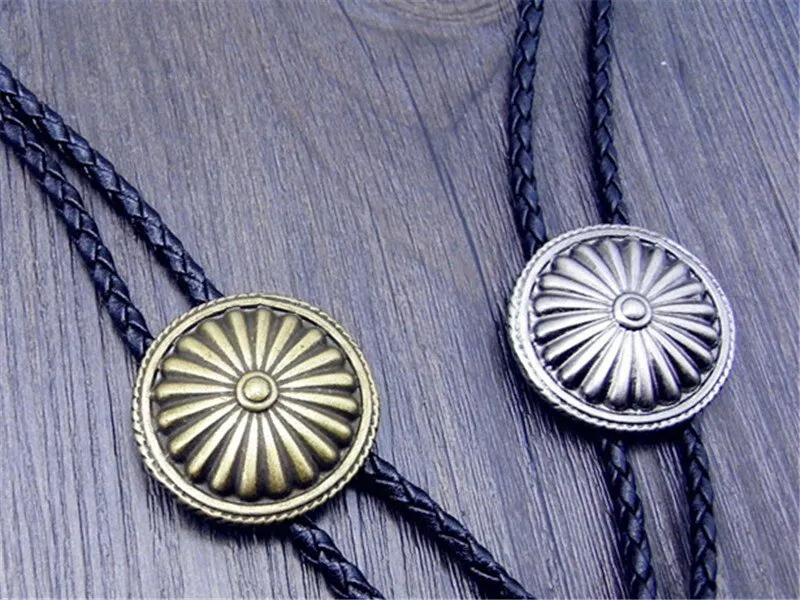
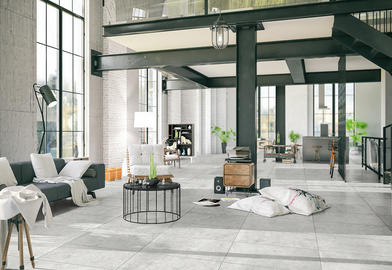


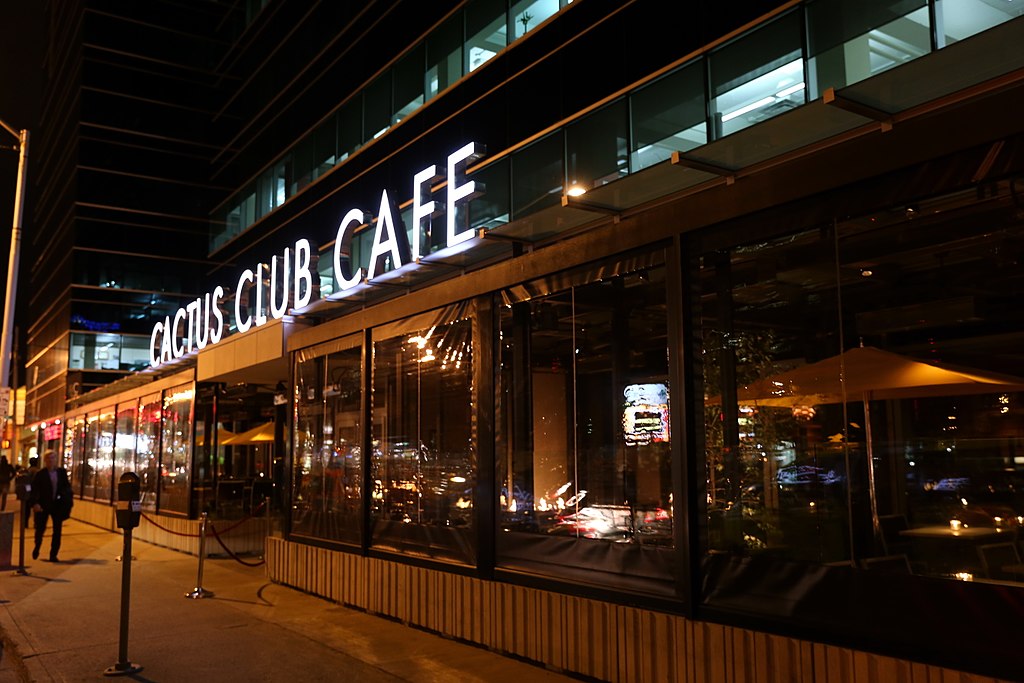



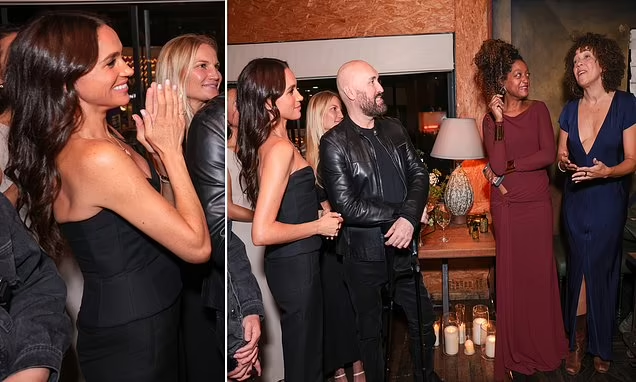


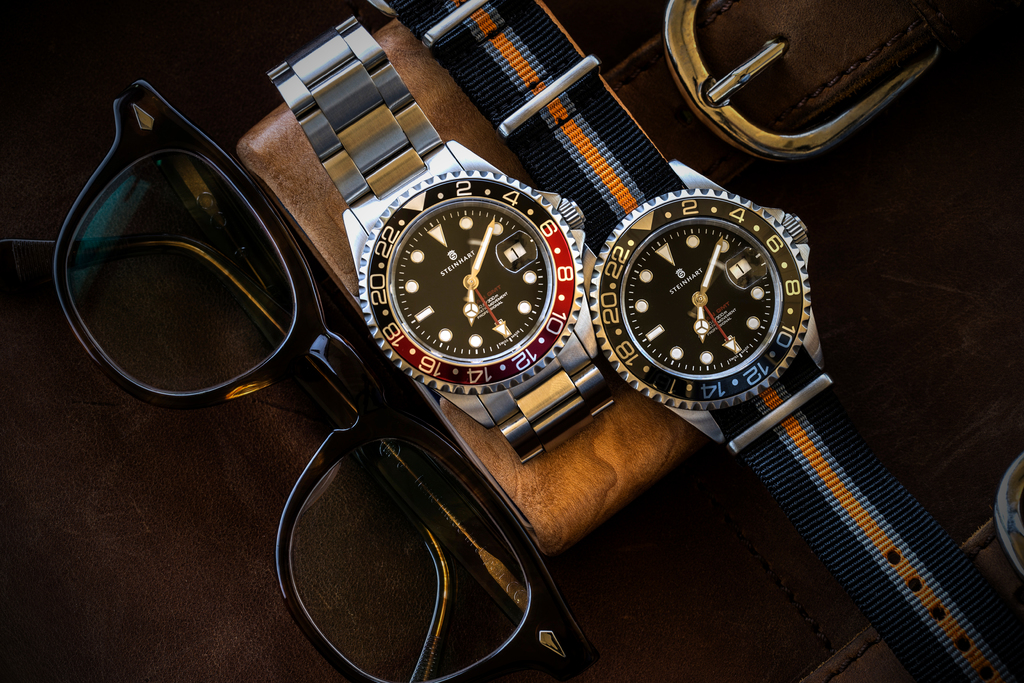


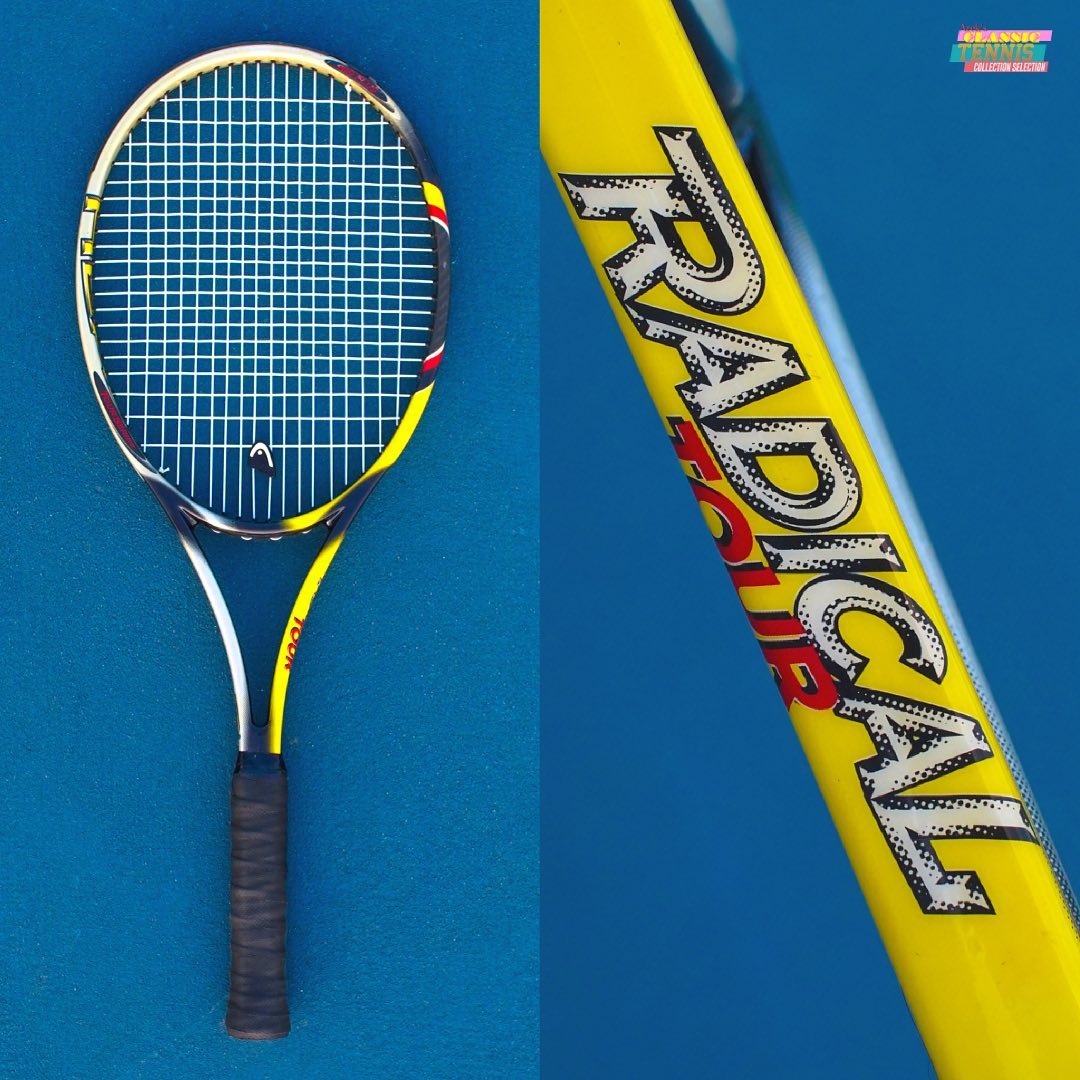
Leave a Reply